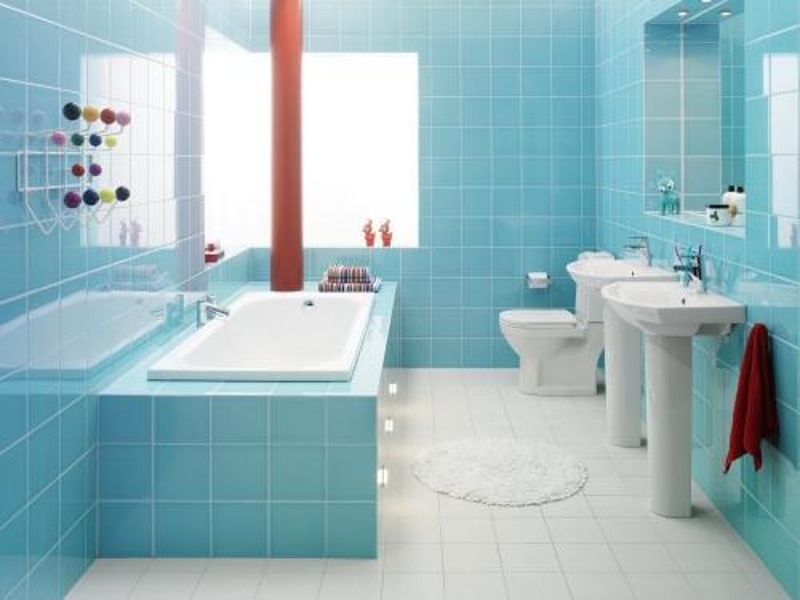According to the Census of Population and Housing conducted in 2016, over 8.3 million households reside in Australia. Among them, 67% of them are homeowners with or without mortgages. A major component of building a house is designing the flooring and walls. Therefore, the ceramic tile manufacturing industry generates a high revenue of over 214 million dollars every year.
One of the most popular floor preferences for homeowners in Australia today is porcelain tiles. They not only look classy but also increase the property value significantly. Apart from this, porcelain is easy to clean. However, homeowners must follow certain steps to ensure that the tiles are clean and free from tough stains, scratches, and impurities.
Types of Porcelain
Hailing from the ceramics family, porcelain is one of the most commonly used tiles in homes and office spaces. It is manufactured by baking a blend of fine clay and other natural materials like feldspar, silica, and quartz at a high temperature.
Three of the most common types of porcelain tiles available in the market include polished, unpolished, and textured tiles. Polished tiles have the unique feature of high gloss and a smooth finish, making them eye-catching. They come in glazed and unglazed forms in various colours and finishes. Unpolished tiles provide a mutated look and are used on the floors and walls of homes, both indoors and outdoors. The textured tiles are specially made, and they are not smooth or flat to touch.
Cleaning and Maintenance Techniques
For Unpolished Porcelain Tiles
Whether the porcelain floor is outdoor or indoor, begin sweeping the surface and vacuuming it to remove loose debris. Then apply a layer of homemade or store-bought cleaning solution and let it sit on the floor for about five minutes. A mixture of warm water and white vinegar also does the trick. Using a sponge or a soft cloth, spread the solution and clean the dirt and the grime. Do not allow the solution to dry and remove it right away from the surface.
For stubborn and tough stains, scrub the floor with a nylon-bristled brush, abrasive pad, or a floor scrubbing machine. These do not scratch the surface as they are specially designed for porcelain tile floors. Also, make certain to clean the grout lines from dirt to prevent grime from building up. Finally, allow the tiles to air dry.
For Polished Tiles
Like unpolished porcelain, begin cleaning the floor by sweeping using a homemade warm water and vinegar solution or a store-bought solution. However, it must be milder than the one used on unpolished tiles. If the cleaning solution is too heavy, it may cause abrasions on the polished surface. As polished porcelain is covered in a thin, clear coating, it scratches when one scrubs them using a heavy-duty solution.
A floor cleaning machine is not suitable for this tile. Instead, use a non-abrasive smooth cloth or a soft sponge. After cleaning the dirt, stains, and grime, remove the solution using clear, cold water. However, air drying is not an option here as it could create wet spots. Wipe the surface using a soft, dry cloth to prevent the floor or the wall from developing stains.
For Textured Tiles
Textured porcelain tiles are aesthetically pleasing as they have intricate patterns. But it also makes cleaning a bit more challenging. While sweeping the floor, do so in both directions to clear the dirt effectively. Light vacuuming using a handheld vacuum is also an option to clean the tile. Use a neutral cleaning solution with hot water and brush the floor evenly in two directions. Rinse it off with clear water and brush it dry to ensure that no water stains develop on the surface.
It is easy to decide on the type of tile after going through a catalogue and instructions provided by the manufacturers.

